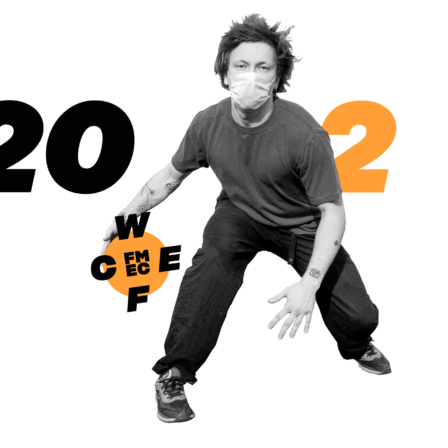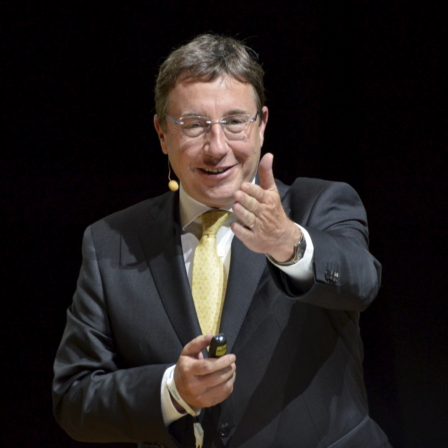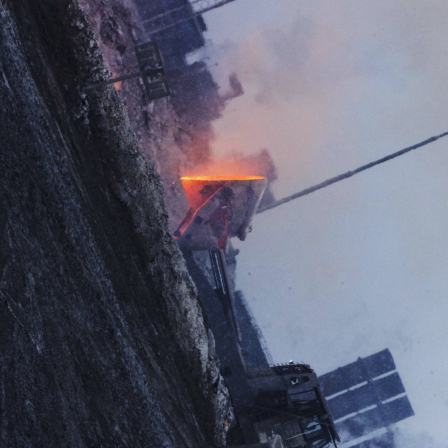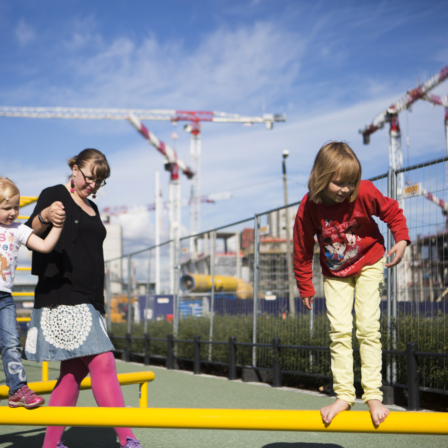To most people the idea of a circular economy remains an abstract if not far off concept. While ‘going green’ is a growing popular theme around the world, many people are not yet aware of the greater changes to our way of living that will have to be made to ensure a sustainable future, and secure our long-term well-being.
Our current resource use is unsustainable. We are consuming and extracting more raw materials than our planet can provide in the long term. By 2050 there will be 6 to 7 billion middle-class consumers around the world which will put increased pressures on consumption use and the environment. Our modern lives demand ever increasing convenience, which has its costs. Just look at the use of plastics. They are poorly recycled and many plastic products end up in our oceans and seas causing real damage.
The European Union and others around the world are making significant progress in combatting climate change by reducing our carbon emissions. We have shown that curbing emissions is not detrimental to economic growth, quite the opposite. Since 1990, the EU’s gross domestic product has grown by 50 % while greenhouse gases have fallen 23 %. More people are doing their part by car-sharing, cutting their energy use, or embracing recycling and sorting their household garbage. These are good things, but we know these measures will not be enough to ensure that we attain a low-carbon future or by reaching the European Union’s long-term goal of ‘living well within the limits of our planet.’
We are seeing signs that there is a growing public awareness of the problem and new policy plans are being developed that will fundamentally change the way we produce, consume and live. These involve integrated and systemic responses with a long-term perspective. In late 2015, the European Commission put forward a legislative circular economy package, which is Europe’s answer for the way ahead. It covers different stages of a product’s extended lifecycle from production and consumption to waste management. The proposed actions are designed to benefit both the environment and the economy. They are aimed at keeping physical materials and their value as long as possible in the economic cycle, reducing waste, fostering energy savings and reducing greenhouse gas emissions. These proposals are underpinned by 54 actions which are currently being translated into concrete policies, spanning numerous economic activities and sectors.
Shifting to a circular economy will help alleviate the environmental and human health problems caused by our current ‘make-use-dispose’ linear economy. But it will require massive changes to production and consumption systems, going well beyond resource efficiency and recycling waste.
That’s why the World Circular Economy Forum in Helsinki is so important to shape our analysis and understanding and share and discuss ideas, visions, and solutions. Not only for policy makers, researchers, and business leaders but also for the public at large.
We at the European Environment Agency are playing our part. Our key task is to build knowledge, monitor progress and make sure policy makers have the understanding, data and information they need to help guide the development of supportive and flexible policies. At the Forum the EEA will present its second in a series of planned circular economy reports. ’Circular by design – products in a circular economy’ talks about the drivers of product design and how emerging production and consumption trends can enhance or hamper more circular material use. For instance, how do emerging innovations and trends, like modular mobile phones or 3D printing of spare parts fit into ‘going circular’? The EEA has also worked extensively on the potential for sustainable, accessible cities – an issue which will also be discussed in Helsinki. A low-carbon circular economy will to a large extent also have an impact on how we plan and organise cities and what role they play in consumption.
We all have a role to play in supporting the transition toward a circular economy. Participants in the WCEF represent important segments of production as well as institutional actors who set norms through policies. And let’s not forget that we are also all consumers. Key to all this is to ensure we all have the right information and solutions at hand to make the big transition to a circular and low-carbon economic future. We need to share our knowledge and best practices to guide us through the fundamental shifts of the next decades. It won’t be easy. We will need more innovation, more research and certainly a long-term perspective. ‘Going circular’ can’t just be the latest trending buzz-word. It has to last.

















Recommended
Have some more.